Someone posed to me a question regarding the dominance of loud music in contemporary worship. Sharing here a very concise response since this is the first time I have put down my thoughts on this issue in words.
First, Christianity should be fun without being frivolous as Christians come together for fellowship and worship.
1) Worship must be governed by what God has commanded in Scripture, not by human preference or popular culture. When music becomes the central focus, it sidelines prayer, preaching and sacraments. There is a risk elevating human creativity and sensuality above God’s ordained means of grace.
2) Word-Centered Worship – Excessive reliance on music can shift attention from what God has revealed in his unchanging Word to fluid emotional experience. Worship becomes more about how we feel (human centredness) than what God has said. A word-sacrament centred worship will be God-centred and Christ-centred even as we rejoice in God’s presence.
3) Reverence vs Performance – Dominance of (loud) music distracts us from the simplicity and reverence that ought to accompany our encounter with the holy God. Performance ‘worship’ undermines corporate and individual participation in worship even as individuals come to worship meetings to 1) nourish their faith by participation in the Lord’s Supper which is a means of grace and a renewal of our covenant with God, and 2) to have our faith nourished by the Word of God.
In short, while music is a good gift from God to enrich our worship, it must remain a secondary element and not the dominant element in worship.
Good and bad theology in hymns and worship songs Continue reading “Loud Music in Church Worship?”
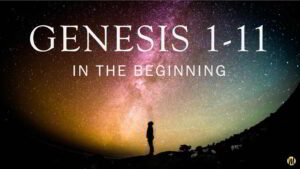

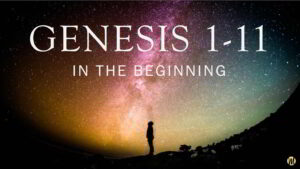
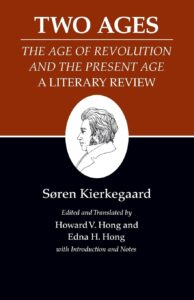 A “repetition” of the ancient path with Soren Kierkegaard.
A “repetition” of the ancient path with Soren Kierkegaard.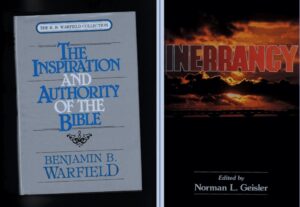
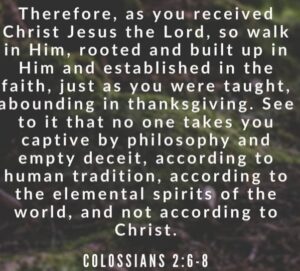
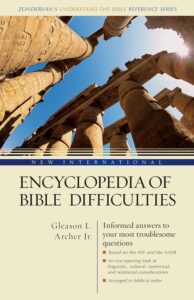
 I. Doubts About the Authenticity of Paul’s Teachings
I. Doubts About the Authenticity of Paul’s Teachings